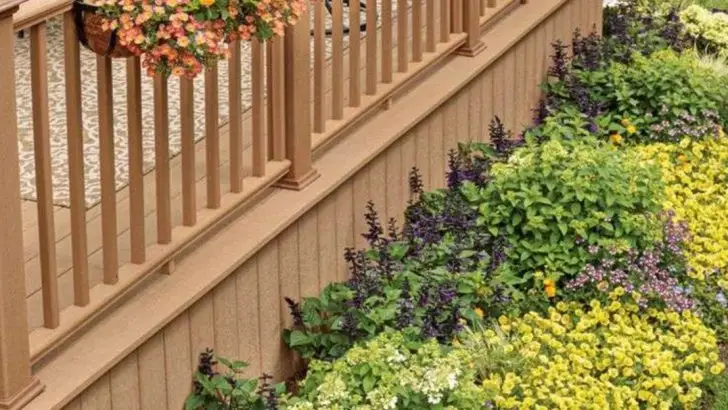Even the smallest spaces can make a big difference for pollinators. A few years ago, I set out to transform my modest balcony into a year-round haven for bees, butterflies, and other beneficial insects—and the results surprised me.
By carefully selecting nectar-rich plants, providing shelter, and ensuring blooms across the seasons, I created a thriving micro-ecosystem in the heart of the city. Along the way, I learned how small choices can have a lasting impact on pollinator health and biodiversity.
In this article, I’ll share how I turned my balcony into a year-round pollinator haven—and how you can bring more life (and color) to your own space, no matter the size.
Planting Native Flowers

Bright and bustling, native flowers are your passport to a thriving balcony ecosystem. These local stars are perfectly adapted to the environment, offering pollinators the ideal landing spot. By mixing coneflowers, sunflowers, and milkweed, you’ll create a vibrant tapestry that beckons bees and butterflies alike. Their colors and scents are irresistible, ensuring regular visits. Plus, they often require less maintenance and water, making them a sustainable choice. Imagine sipping your morning coffee while watching nature’s parade unfold, just inches away. It’s a combination of beauty and purpose that delights both pollinators and humans alike.
Incorporating Water Features
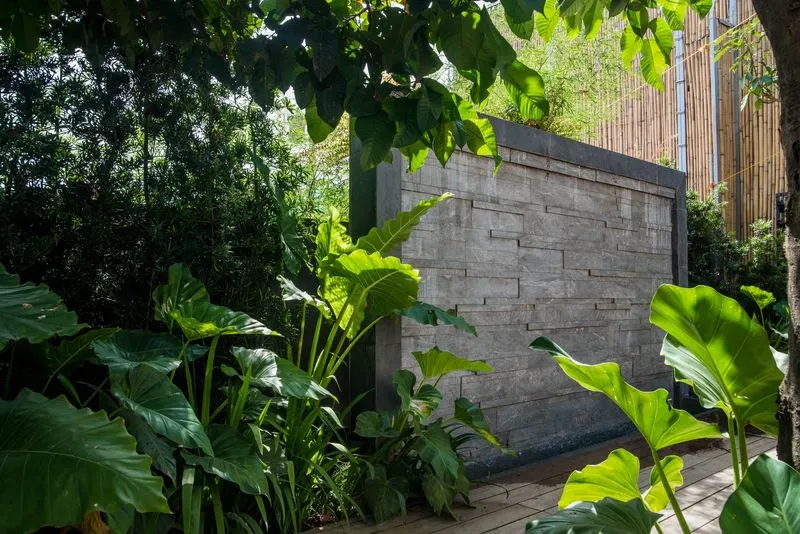
Imagine the gentle sound of water trickling on a quiet afternoon. Water features not only add tranquility but also serve as a vital resource for thirsty pollinators. A simple birdbath or a small fountain can become an oasis for bees and butterflies. By adding pebbles or floating leaves, you ensure these creatures can drink safely. The reflective surface adds a sparkle to your balcony, transforming it into a dynamic art piece. Beyond aesthetics, providing water supports pollinator health, turning your urban space into a sanctuary for these essential visitors.
Creating Shelter with Greenery
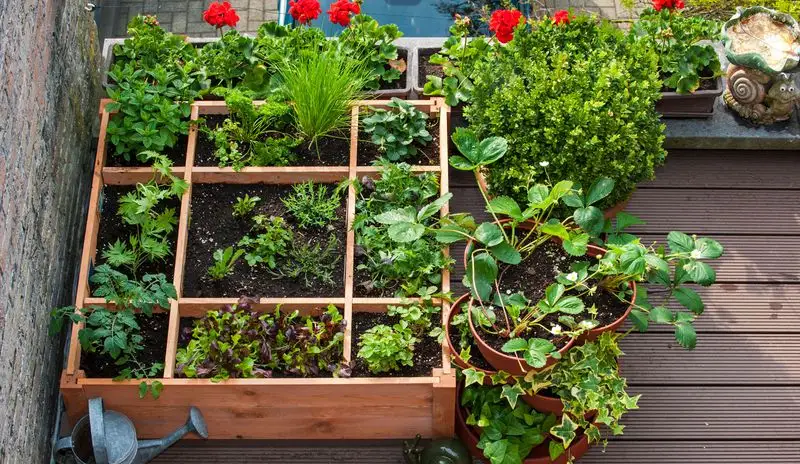
Imagine a cozy retreat tucked away in the greenery. Potted shrubs and climbing plants provide much-needed shelter for pollinators seeking refuge from the elements. These green havens offer a safe space for rest and protection, making your balcony a favored stopover. From morning glories to clematis, climbing plants add vertical interest and privacy. Additionally, they can create microhabitats, supporting not only pollinators but other beneficial insects as well. Embrace the art of layering plants to craft a living tapestry that invites nature in and keeps it thriving.
Adding Bee Hotels
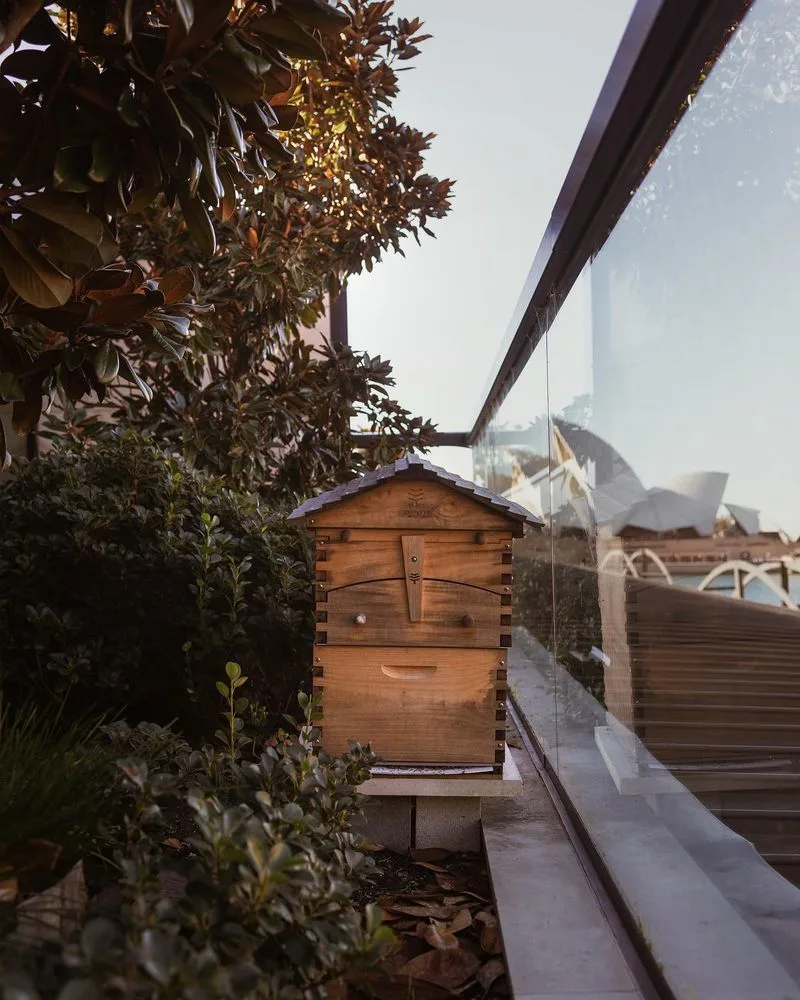
Buzzing with life, bee hotels are a brilliant addition to any pollinator-friendly balcony. These wooden structures, filled with drilled holes and tubes, offer solitary bees a perfect nesting site. Not only do they provide essential shelter and breeding grounds, but they also serve as an educational tool, allowing you to witness the fascinating life cycle of these bees up close. Placed near flowering plants, a bee hotel becomes a hub of activity. It’s a rewarding way to support pollinator biodiversity, while enjoying the unique charm they bring to your outdoor space.
Growing Herbs and Edibles
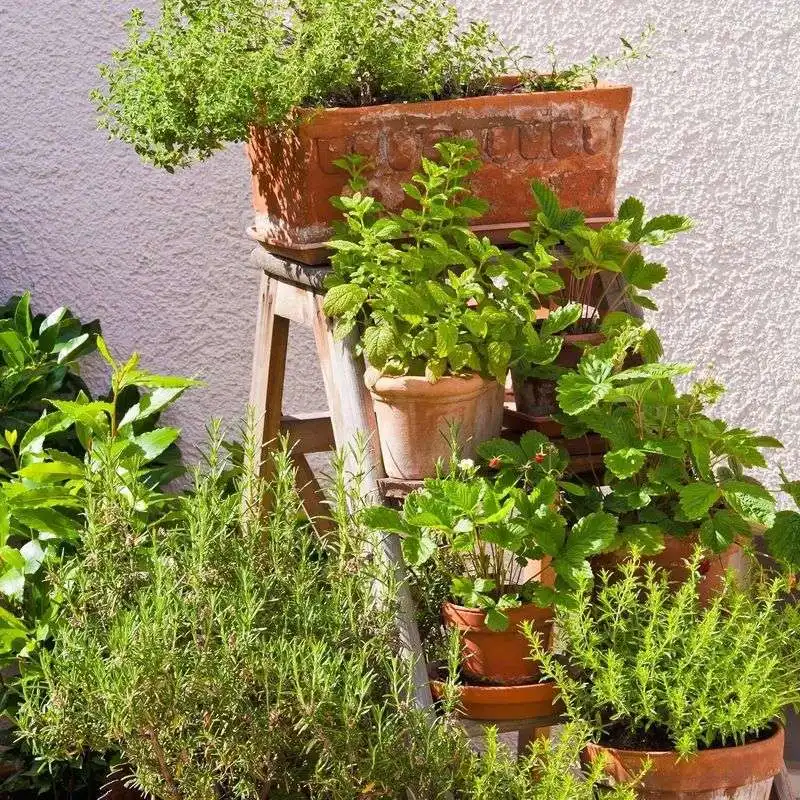
Picture a balcony brimming with the scents of lavender, thyme, and basil. These aromatic herbs do more than flavor your dishes; they lure pollinators with their enticing aromas. By growing a mix of culinary and medicinal herbs, you create a dual-purpose garden that benefits you and the environment. The steady hum of bees among the plants adds a symphony to your fresh air escape. Plus, herbs are generally low-maintenance, making them an excellent choice for busy urban dwellers. This simple addition turns your balcony into a fragrant haven for both humans and pollinators.
Seasonal Plant Rotation

Keeping your balcony vibrant year-round is possible with seasonal plant rotation. Each season brings its own palette of blooms that attract different pollinators. Spring sees tulips sprout, summer presents zinnias, autumn offers asters, and winter welcomes pansies. This colorful carousel ensures that pollinators have consistent food sources no matter the month. Moreover, rotating plants help maintain soil health and reduce pest issues. With this approach, your balcony becomes a dynamic environment that supports biodiversity and provides endless visual interest, making it a delightful place to experience nature’s cycles.
Avoiding Chemical Pesticides
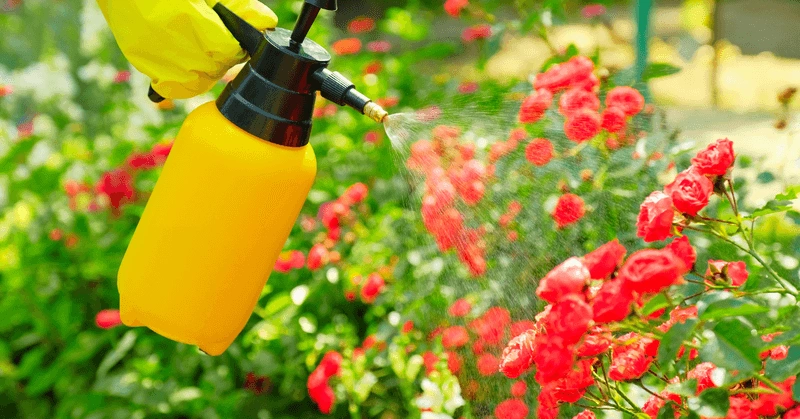
Embracing nature’s balance means steering clear of chemical pesticides. These substances can harm beneficial insects, including the pollinators you wish to attract. Instead, opt for natural pest control methods like introducing ladybugs or using neem oil. Healthy soil and diverse plantings can also deter pests naturally. Creating a pesticide-free zone fosters a healthy ecosystem where pollinators can thrive. It’s an approach that respects the interconnectedness of life and ensures your balcony remains a safe haven for all creatures. This mindful choice supports sustainability and enhances the natural beauty of your outdoor retreat.

